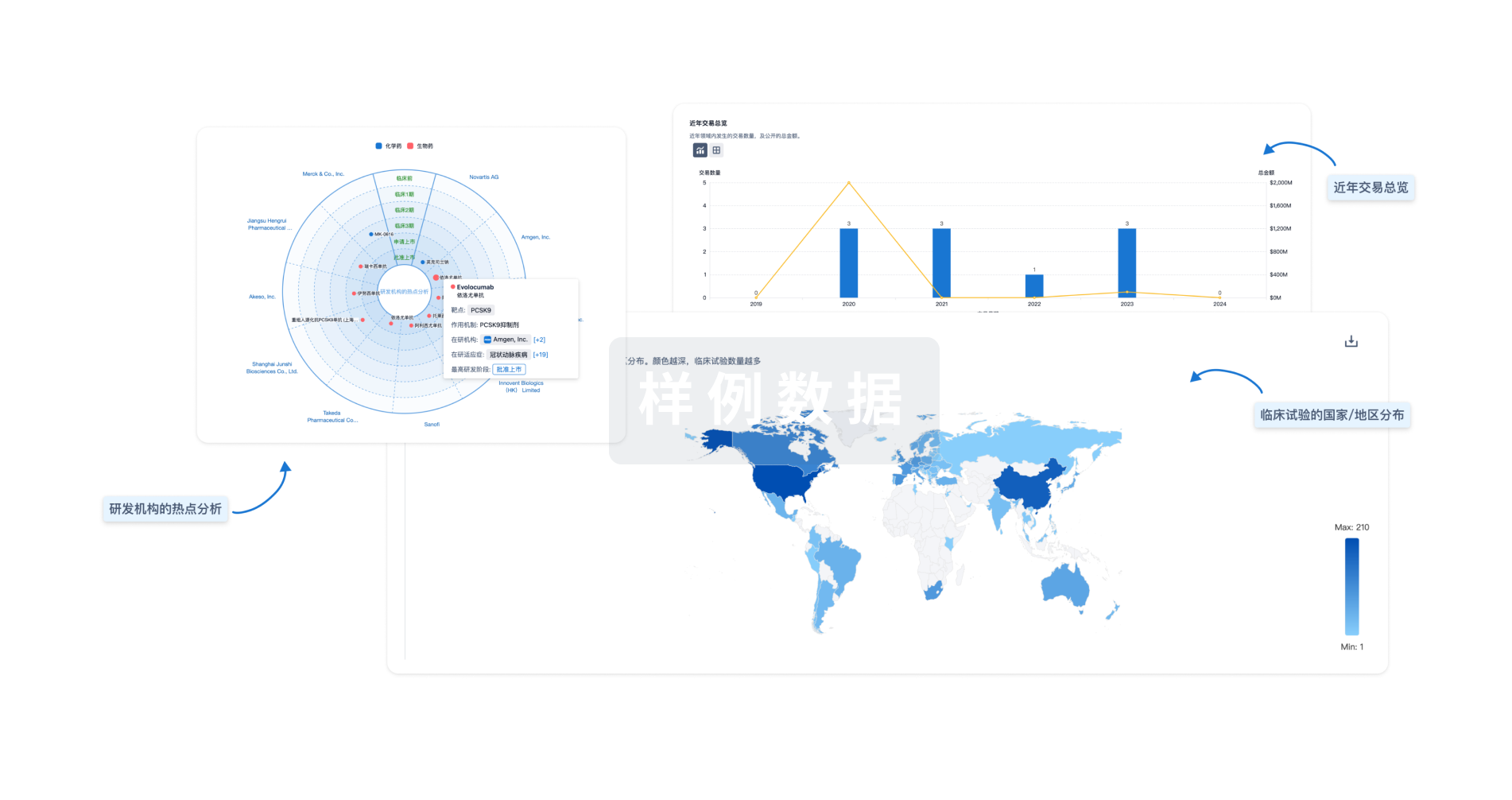预约演示
更新于:2025-05-07
CREB3L1
更新于:2025-05-07
基本信息
别名 cAMP responsive element binding protein 3 like 1、cAMP-responsive element-binding protein 3-like protein 1、CREB3L1 + [4] |
简介 Transcription factor involved in cell type specific DNA damage and unfolded protein response (UPR). Binds the DNA consensus sequence 5'-GTGXGCXGC-3' (PubMed:21767813). Plays a critical role in bone formation through the transcription of COL1A1, and possibly COL1A2, and the secretion of bone matrix proteins. Directly binds to the UPR element (UPRE)-like sequence in an osteoblast-specific COL1A1 promoter region and induces its transcription. Does not regulate COL1A1 in other tissues, such as skin (By similarity). Required to protect astrocytes from ER stress-induced cell death. In astrocytes, binds to the cAMP response element (CRE) of the BiP/HSPA5 promoter and participate in its transcriptional activation (By similarity). In astrocytes and osteoblasts, upon DNA damage, inhibits cell-cycle progression after G2/M phase by binding to promoters and activating transcription of genes encoding cell-cycle inhibitors, such as p21/CDKN1A (By similarity). Required for TGFB1 to activate genes involved in the assembly of collagen extracellular matrix (PubMed:25310401).
Precursor of the transcription factor form (Processed cyclic AMP-responsive element-binding protein 3-like protein 1), which is embedded in the endoplasmic reticulum membrane with N-terminal DNA-binding and transcription activation domains oriented toward the cytosolic face of the membrane (PubMed:12054625, PubMed:16417584, PubMed:25310401). In response to ER stress or DNA damage, transported to the Golgi, where it is cleaved in a site-specific manner by resident proteases S1P/MBTPS1 and S2P/MBTPS2. The released N-terminal cytosolic domain is translocated to the nucleus where it activates transcription of specific target genes involved in the cell-cycle progression inhibition (PubMed:12054625, PubMed:21767813, PubMed:25310401).
(Microbial infection) May play a role in limiting virus spread by inhibiting proliferation of virus-infected cells. Upon infection with diverse DNA and RNA viruses, inhibits cell-cycle progression by binding to promoters and activating transcription of genes encoding cell-cycle inhibitors, such as p21/CDKN1A (PubMed:21767813). |
分析
对领域进行一次全面的分析。
登录
或

生物医药百科问答
全新生物医药AI Agent 覆盖科研全链路,让突破性发现快人一步
立即开始免费试用!
智慧芽新药情报库是智慧芽专为生命科学人士构建的基于AI的创新药情报平台,助您全方位提升您的研发与决策效率。
立即开始数据试用!
智慧芽新药库数据也通过智慧芽数据服务平台,以API或者数据包形式对外开放,助您更加充分利用智慧芽新药情报信息。
生物序列数据库
生物药研发创新
免费使用
化学结构数据库
小分子化药研发创新
免费使用